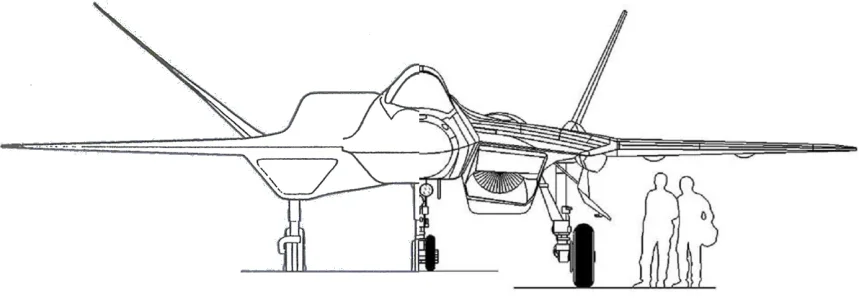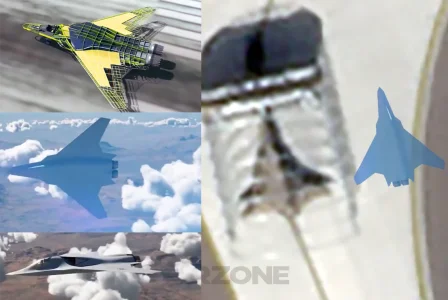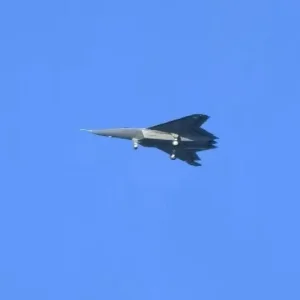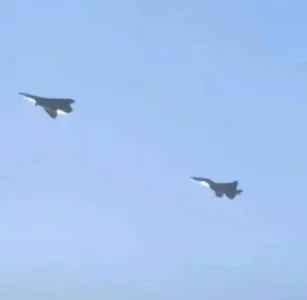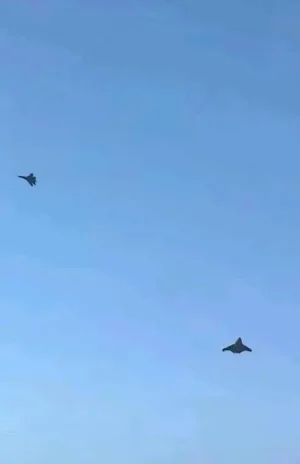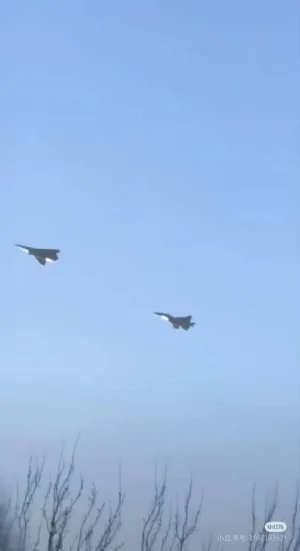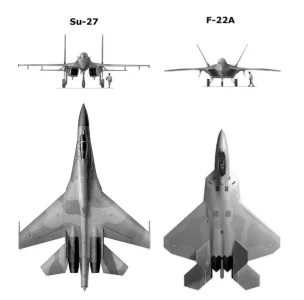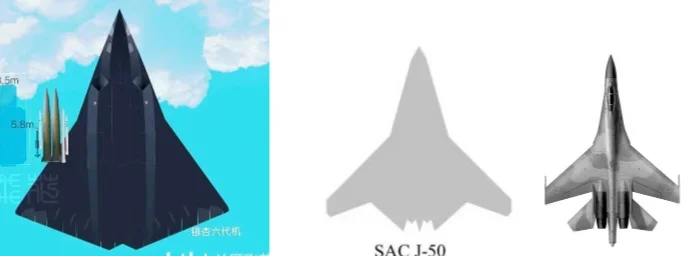- Joined
- Jul 6, 2024
- Messages
- 2,007
- Likes
- 5,841
I think fighter aircraft design peaked with YF-23 but I could be a bit biased for YF-23
The intakes were problematic in more than one way.peaked with YF-23 but I could be a bit biased for YF-23
Not a complete s duct style, fan blades were exposed from some angles(and unlike su57 it didn't have any radar blockers).
Less effective in breaking down supersonic air into subsonic compared to yf22's intakes, so somewhat lower supersonic performance.
The IWB was smaller than yf22, and rotary or deep configuration was proposed, which would be mean if lower missile/bomb fails to launch the ones on top will too, unlike f22 iwb, where missiles are put side by side.
Less manurable that yf22.
The engines were too far apart, will be lot mode harder to fly if one engine fails, due to assymtric thrust and not having and tvc plus lack of manurablity specially compared to yf22.
Now in what areas it was better than yf22?
somewhat More stealthier from sides and more stealthier from back.
So what peak?
Infact, a new render was shown few years back, where the artist modified the design to solve lots of problems yf23 had( better intakes those serrated intake nozzels were better suited for supersonic flight also more stealthier, more closer engines, better Internal weapons bay, better tail) so brought the design of yf23 on par with yf22 in these areas, still being more stealthy from sides and back relative to yf22
But still can't compete with yf 22 in manurablity.

The one with bigger iwb is the modified design by the artist, also has more swept back tails, more closer engines, better intakes.
Also putting engines more closer also hid the engines better like an s duct, along with dealing with the problem of assymtric thrust.
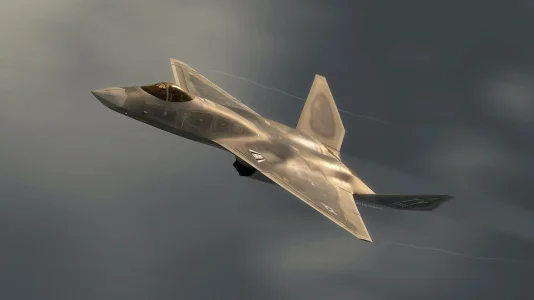

As said before With these changes this newer design is much better in terms of side and back stealth compared to yf22, but still less manurable than tf22
This design could compete with yf22, and could win if usaf chose to sacrifice supermanurability for better stealth from other angles other than front.
But this design was not competing with yf22.
Another factor is yf22 after winning against yf23 because of being a better aircraft
Still went under further design optimization and became F-22.
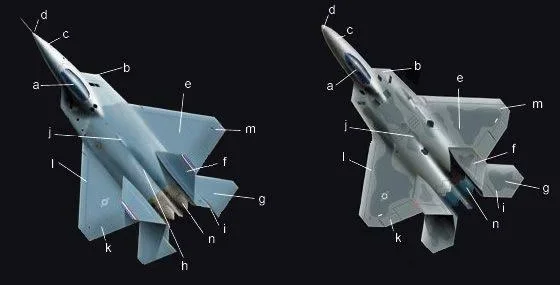
So Once again.
What peak?
The original yf23 was just not as good of a design as yf22 was.
It's just people on internet hyping It up, because it "looks" alien Like.

